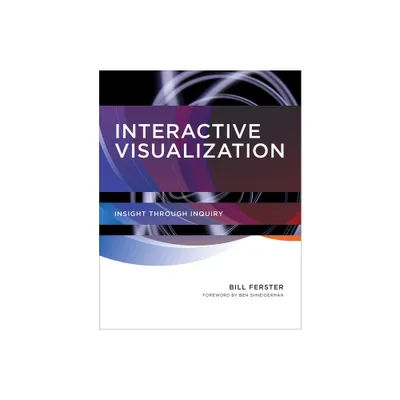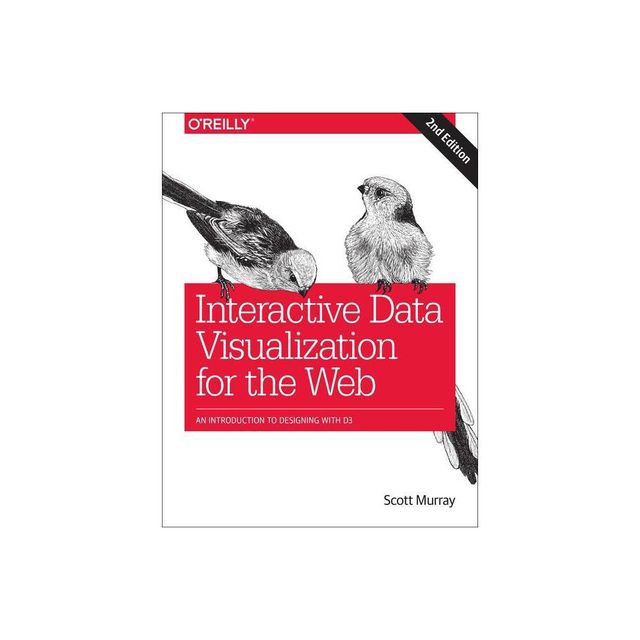Home
Embodying Data: Chinese Aesthetics, Interactive Visualization and Gaming Technologies
Loading Inventory...
Barnes and Noble
Embodying Data: Chinese Aesthetics, Interactive Visualization and Gaming Technologies
Current price: $54.99


Barnes and Noble
Embodying Data: Chinese Aesthetics, Interactive Visualization and Gaming Technologies
Current price: $54.99
Loading Inventory...
Size: Hardcover
*Product Information may vary - to confirm product availability, pricing, and additional information please contact Barnes and Noble
This book investigates a new interactive data visualisation concept that employs traditional Chinese aesthetics as a basis for exploring contemporary digital technological contexts. It outlines the aesthetic approach, which draws on non-Western aesthetic concepts, specifically the Yijing and Taoist cosmological principles, and discusses the development of data-based digital practices within a theoretical framework that combines traditional Taoist ideas with the digital humanities.
The book also offers a critique of the Western aesthetics underpinning data visualisation, in particular the Kantian sublime, which prioritises the experience of power over the natural world viewed at a distance. Taoist philosophy, in contrast, highlights the integration of the surface of the body and the surface of nature as a Taoist body, rather than promoting an opposition of mind and body. The book then explores the transformational potential between the human body and technology, particularly in creating an aesthetic approach spanning traditional Chinese aesthetics and gesture-based technology.
Representing a valuable contribution to the digital humanities, the book helps readers understand data-based artistic practices, while also bringing the ideas of traditional Chinese aesthetics to Western audiences. In addition, it will be of interest to practitioners in the fields of digital art and data visualisation seeking new models.
The book also offers a critique of the Western aesthetics underpinning data visualisation, in particular the Kantian sublime, which prioritises the experience of power over the natural world viewed at a distance. Taoist philosophy, in contrast, highlights the integration of the surface of the body and the surface of nature as a Taoist body, rather than promoting an opposition of mind and body. The book then explores the transformational potential between the human body and technology, particularly in creating an aesthetic approach spanning traditional Chinese aesthetics and gesture-based technology.
Representing a valuable contribution to the digital humanities, the book helps readers understand data-based artistic practices, while also bringing the ideas of traditional Chinese aesthetics to Western audiences. In addition, it will be of interest to practitioners in the fields of digital art and data visualisation seeking new models.


















